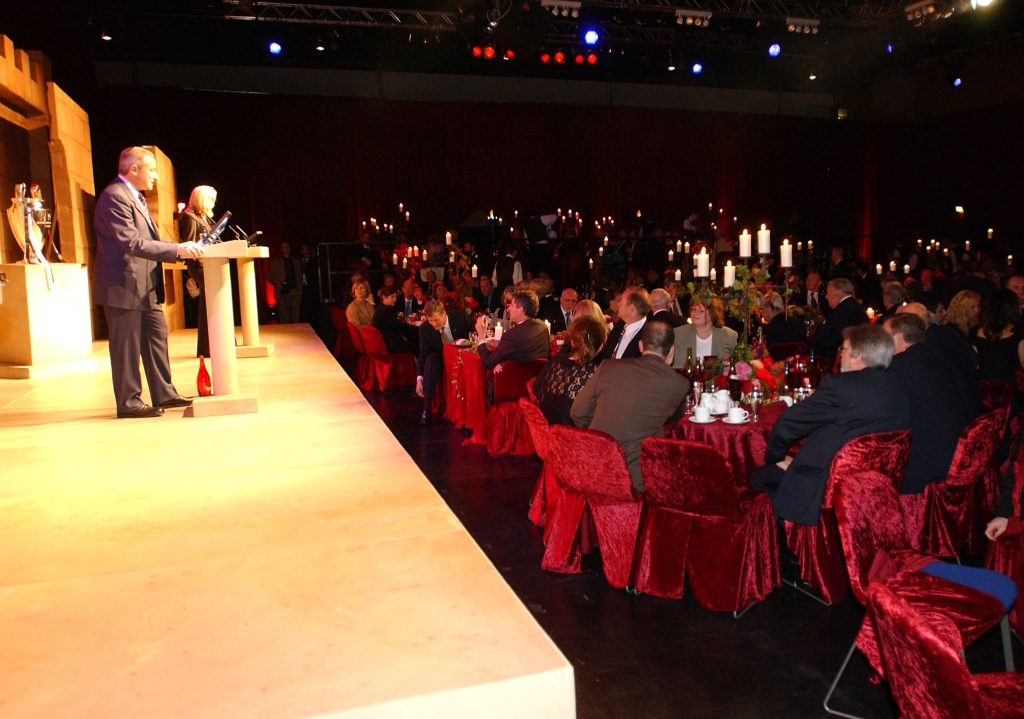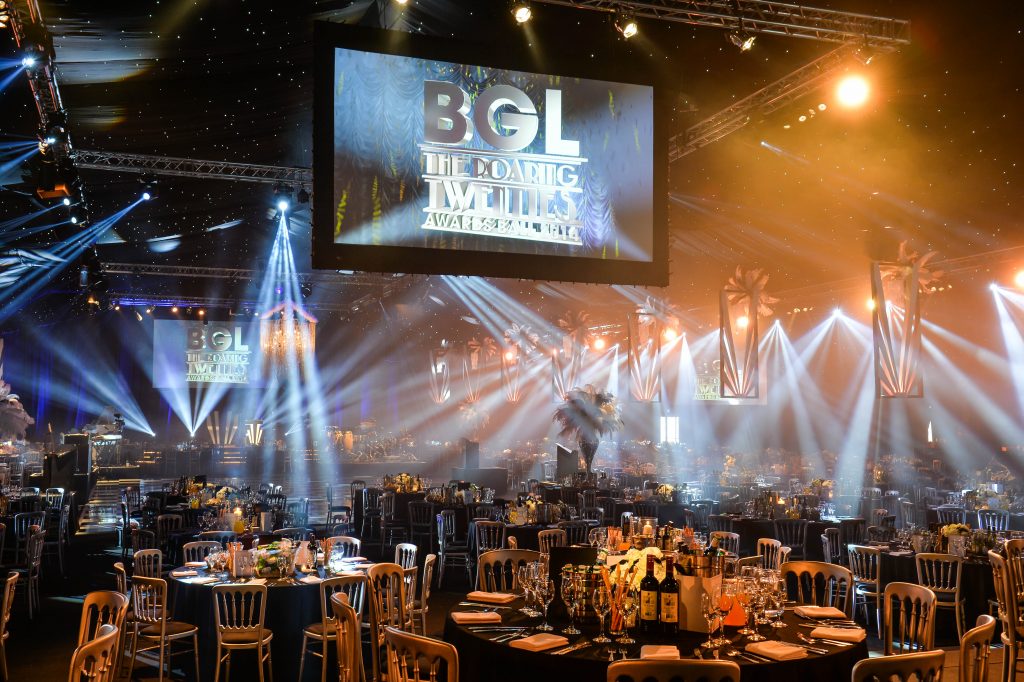The TLC Guide to Evaluating Corporate Events
January may have flown by, but there’s still time to make some business-related resolutions worth keeping. Start the new event year start off on the right foot with our guide to evaluating corporate events.
At the close of a successful event, when the venue is spick and span and the last guest has left with goodie bag in hand, there’s a temptation (or a need if departments are particularly time-poor) to simply pat everyone on the back and move on to the next challenge. Yet there’s an important step in the event management process that businesses overlook at their peril – event evaluation.

Done properly, this is a chance to not only celebrate the highs and mitigate the lows, but to futureproof events as integral business function.
Why Evaluate Your Events?
Before we explore the process of event evaluation in our Guide to Evaluating Corporate Events, it’s useful to consider the pros and cons of this approach.
The cons: Dealing with the issues upfront, evaluation is an added cost that needs proper time and resource allocated. You’re also going to need senior level buy in, which can be difficult if it’s a process they’re unfamiliar with.
The pros: Event evaluation is a means to highlight achievements and of course, to thank team members for a job well done. Giving key players their moment in the spotlight is hugely important for team morale.
It’s also a chance to constructively pinpoint areas of improvement, be that resources, skills, or streamlining processes. Proper evaluation makes this process impartial – working with facts rather than opinions.
But evaluation goes beyond celebrating success and identifying development opportunities.
Simply saying how brilliant an event was isn’t sufficient to ensure a repeat booking, especially in the current economic climate.
So how can evaluation give you an advantage?
Firstly, evaluation allows you to start a dialogue with your audience; it’s an opportunity to get to know them better. Further analysing the value that this audience found in an event can present prospects for growth.
Secondly, event evaluation produces data; proof that it delivered against objectives. Quantifiable research generates memorable top line statistics that, when benchmarked against the initial aims and the overarching company strategy, can be used to cement an event’s success in stakeholder’s minds.
A sponsor, for instance, would be likely to recall that 83% of attendees were ‘more likely’ to purchase one of their products post-event; just as solid proof of ROI is liable to spark the interest of financial directors and CEOs.
Against an uncertain political and economic backdrop, event evaluation can validate and quantify the need for corporate events.
Convinced evaluation is a good idea? Good, now it’s time to start implementing it.

Start at the Beginning
In our Guide to Evaluating Corporate Events, the evaluation shouldn’t simply be ‘bolted on’ at the end of an event, the process actually begins in the planning stages.
Start by clearly defining goals from the outset. Ask yourself questions about how you will success will be defined, and set objectives accordingly.
What are the measurable outcomes of the event? If it’s a customer event, how will the event meet their needs? If it’s a staff event, what is the organisation trying to achieve? Is revenue the most important outcome? Or is the focus on opportunities for growth, leads or brand awareness?
Where possible, make your objectives SMART (Specific. Measurable. Achievable. Realistic and Timely).
Not only will this keep everyone informed, enthused and on track (with the same end goal in mind), it’s also vital for deciding if an event is ‘washing its face’.
Of course, there needs to be room for creativity and improvisation within an event, but setting goals means creativity is channelled in line with overall strategy.
Find the Right Focus
Concentrate your efforts on three main areas – data analysis, attendee feedback and stakeholder views.
Data Analysis: this refers to the facts. Ticket sales, audience demographics and profit, anything that can reveal insight into whether the event appealed to who you thought it was going to, as well as helping to prove ROI. Remember to link back to your objectives.
Attendee Feedback: Next we move onto opinion. Again, remembering to link back to objectives, gauge the thoughts of your audience with an incentivised survey sent to all attendees. This should cover all aspects of your event such as ‘value for money’, ‘speaker evaluation’, venue and refreshments. It’s also an opportunity to test if key messages about brand, sponsors etc. have got through to the audience.
You can use free tools such as Survey Monkey to create an online survey, many of these also include standard questions for event evaluation. It’s important not to leave it too long after the event to ensure it’s fresh in their minds.
If time and budget allow, qualitative data produced through focus groups or telephone conversations can also be beneficial to get a more in-depth understanding.
Stakeholder Success: Always schedule time around 7-14 days after the event for a follow up meeting with the team, where feedback and data analysis is reviewed. Here you can discuss (with proof) if an event hit the mark (now’s the time to pull out those memorable statistics). It’s also time to review the positives and celebrate.
Be sure to turn negatives into opportunities for improvement. Go in to the meeting with a solution.

A Note on ROI
There are some instances where no amount of statistics will persuade senior staff of an event’s worthiness. Where the only thing that matters is the bottom line. Here you need to prove return on investment.
Calculating the financial impact in terms of revenue / sales / profit is easier for a ticketed event – especially if there were opportunities to upsell products.
For
non-monetised events, assigning perceived costs to value-added will demonstrate
RO
I. Leads generated, web traffic, social audience and engagements and media
coverage are some potential avenues to explore.
There is also scope to evaluate efficiencies here. Gauge what delivered most value to the customer so you can spend more time on that in future.
Hopefully our Guide to Evaluating Corporate Events has convinced of the countless and unquestionable benefits of event evaluation. As well as consolidating achievements there’s a compelling business-case for building evaluation into your next event. It’s a way of defining success, sticking to shared goals, and proving an event’s worth.
And when properly executed, evaluation can upgrade events from ‘nice to have’ to a ‘necessity’ within the business.

